Maximizing Efficiency with LIMS Reporting: A Practical Guide for Labs
LIMS reporting streamlines the generation and management of lab reports by centralizing data and ensuring compliance.
This article dives into the key features, benefits, and real-world examples of effective LIMS reporting.
Key Takeaways
-
LIMS reporting is crucial for enhancing data quality, reducing errors and ensuring compliance with stringent regulations through centralized data management.
-
Customizable reporting features of LIMS allow laboratories to tailor data summaries and analyze trends effectively, thus improving decision-making and operational efficiency.
-
Integration of LIMS with other systems facilitates data exchange, enhances collaboration, and automates compliance processes, ultimately streamlining laboratory operations.
Introduction to Laboratory Information Management Systems
A Laboratory Information Management System (LIMS) is a powerful software solution designed to streamline and optimize laboratory operations. By providing a centralized platform for laboratory data management, LIMS enables laboratories to efficiently track samples, manage workflows, and ensure data accuracy throughout the entire sample lifecycle. This centralized approach not only improves laboratory efficiency but also supports quality control by standardizing processes and reducing the risk of human error.

LIMS software is widely adopted across various laboratory environments, including clinical, research, and universities and clinical research facilities. Its robust sample tracking capabilities allow laboratories to monitor the status and location of every sample, from collection to analysis and storage. Workflow automation further enhances productivity by automating routine tasks and ensuring that laboratory processes adhere to regulatory standards.
By consolidating laboratory data in a single, secure system, LIMS helps laboratories ensure compliance with industry regulations and facilitates easy access to critical information. This makes the laboratory information management system an essential tool for any laboratory seeking to improve data integrity, operational efficiency, and regulatory compliance.
Importance of LIMS Reporting

In the fast-paced environment of modern laboratories, maintaining data quality and security is paramount. A laboratory information management system (LIMS) ensures that data is managed with precision, significantly reducing the risk of errors. Standardizing workflows with laboratory information management systems minimizes human errors and ensures adherence to predefined protocols in all laboratory processes.
The primary function of a LIMS is to standardize workflows, manage protocols, and track samples throughout their lifecycle to ensure accuracy and efficiency in lab operations.
Centralizing data management within a centralized platform LIMS system reduces the reliance on paper records, thereby minimizing compliance risks. Lockbox LIMS, for instance, is designed to meet global standards, including CAP/CLIA and 21 CFR Part 11, ensuring laboratories remain compliant with stringent regulations. This centralization not only aids in compliance but also enhances data security through user permissions and data encryption.
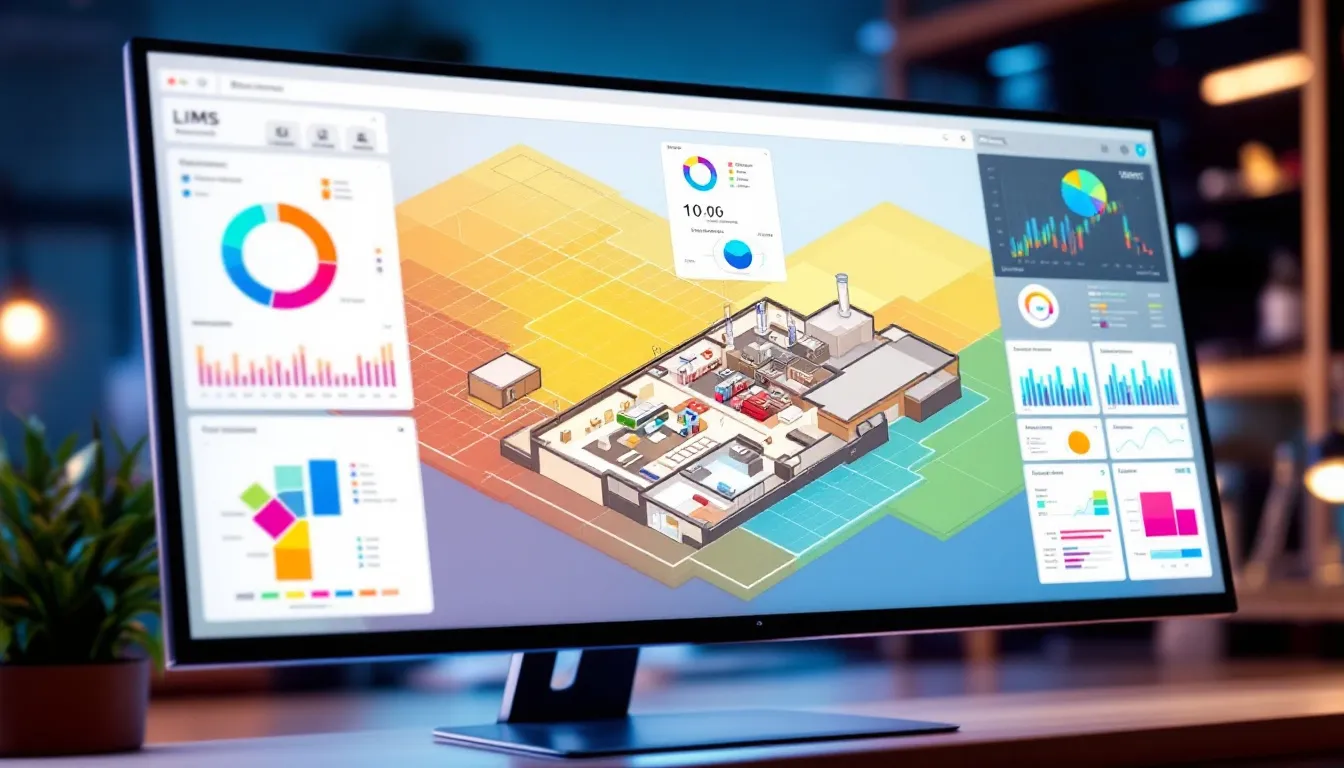
Moreover, the historical lims data analysis capabilities of LIMS provide laboratories with valuable insights into trends, enabling proactive problem-solving strategies. Customizable reporting features streamline the generation of specific data summaries, reducing the time spent on manual reporting. Further analysis of real-time data exchange further empowers labs to make timely decisions, enhancing overall efficiency. The reporting, analytics, and collaboration functionality of LIMS ensures that all captured data is transformed into actionable insights.
Key Features of LIMS Reporting
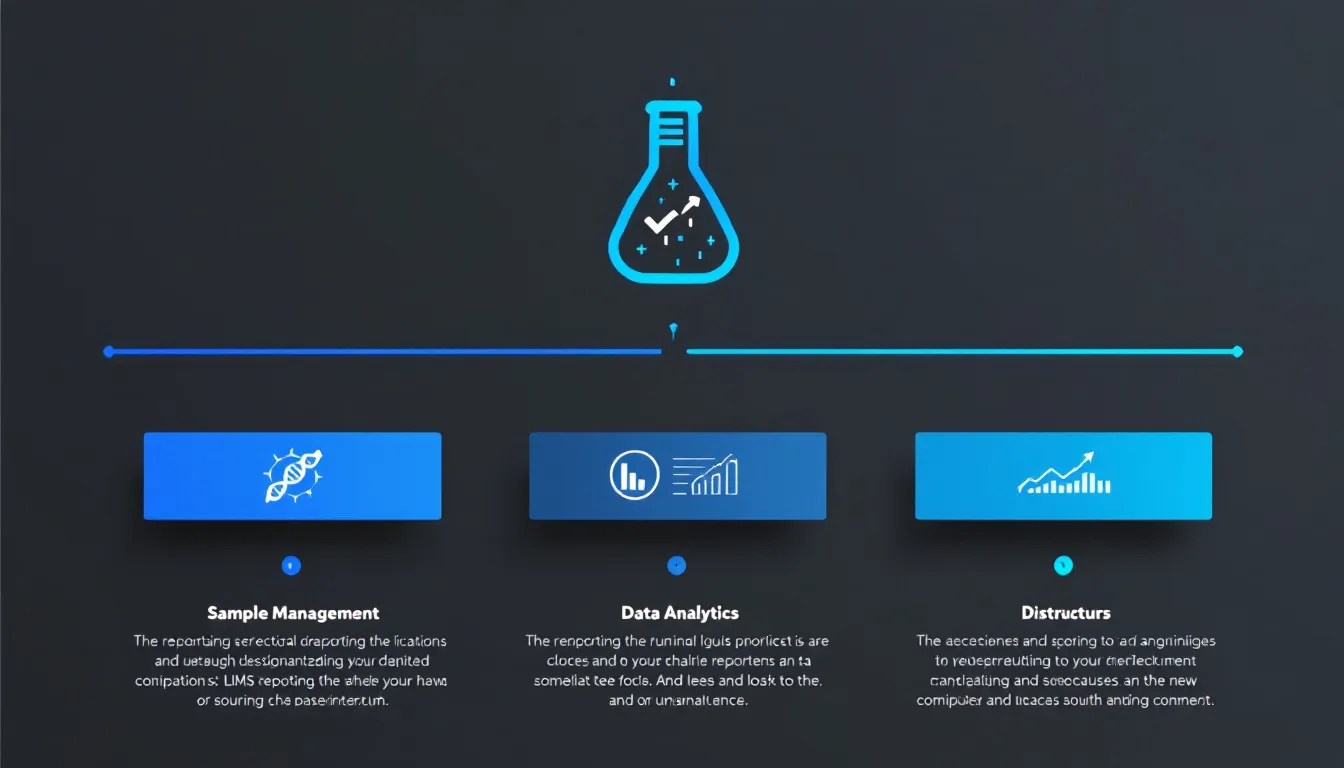
One of the standout features of a laboratory information management system is its ability to produce customizable reports. These reports can be tailored to meet the specific operational needs of a laboratory information system, focusing on key performance indicators that matter most to stakeholders. This flexibility ensures that data presented is not only accurate but also relevant and clear.
A LIMS is built around three components: sample tracking, protocol execution, and storage organization. Together, these components ensure efficient and accurate reporting by maintaining data integrity and streamlining laboratory workflows.
Additionally, modern LIMS software includes robust lims features such as statistical analysis and real-time data access. These capabilities allow laboratories to optimize their reporting efficiency, making it easier to monitor performance metrics and make informed decisions. Focusing on these key features ensures that laboratories’ reporting processes remain both efficient and effective.
LIMS Solution Overview
A comprehensive LIMS solution offers a suite of features designed to support every aspect of laboratory operations. At its core, LIMS software provides robust data management tools that allow laboratories to securely store, organize, and analyze laboratory data. Sample management is a key component, enabling precise tracking of samples from receipt through analysis and final reporting. Unique identifiers are assigned to each sample to ensure accurate tracking throughout the process.
Instrument integration is another vital feature, allowing seamless communication between laboratory equipment and the LIMS system. This integration reduces manual data entry, minimizes human error, and ensures that test results are accurately captured and stored. Workflow automation streamlines laboratory processes, helping lab managers monitor key performance indicators and maintain high standards of quality control.
LIMS solutions are highly customizable, allowing laboratories to tailor the system to their unique requirements. Whether integrating with existing instruments or adapting reporting templates, a LIMS solution can be configured to fit the specific needs of any laboratory. By providing a centralized platform for data analysis and decision-making, LIMS empowers lab managers to enhance productivity, maintain data integrity, and drive continuous improvement in laboratory performance.
LIMS Software and Implementation
Implementing LIMS software is a strategic step toward modernizing laboratory information management systems. The process begins with a thorough assessment of the laboratory’s current workflows, data management practices, and technology infrastructure. This evaluation helps identify areas where LIMS can deliver the greatest impact, such as improving sample tracking, streamlining data management, or automating reporting.
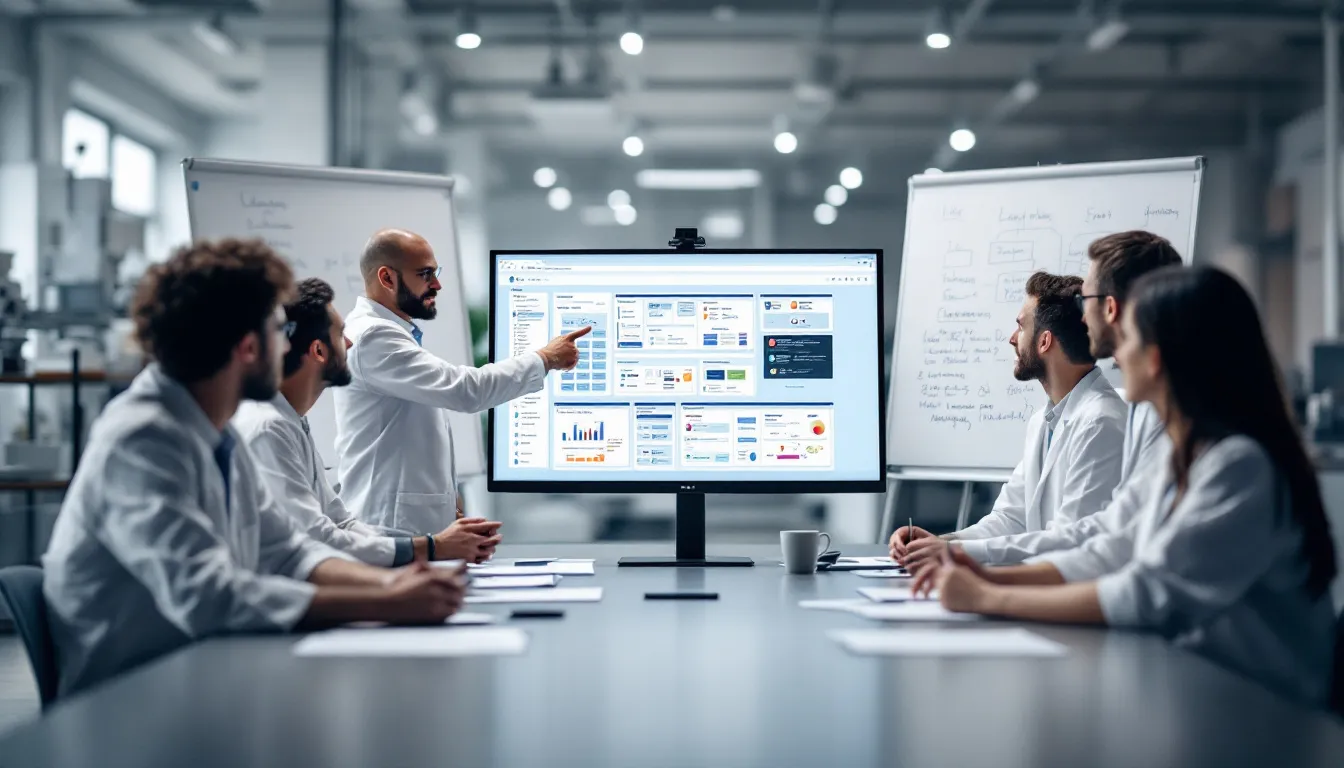
A successful LIMS implementation requires careful planning and collaboration among laboratory staff, IT professionals, and system vendors. Training is essential to ensure that all users are comfortable with the new system and can leverage its full range of features. Ongoing support and regular system updates help laboratories adapt to evolving needs and maintain optimal performance.
By aligning LIMS software with the laboratory’s specific requirements, organizations can achieve greater efficiency, reduce manual errors, and enhance the overall quality of their data. A well-executed LIMS implementation not only improves day-to-day operations but also positions the laboratory for long-term success in a data-driven environment.
LIMS System Requirements
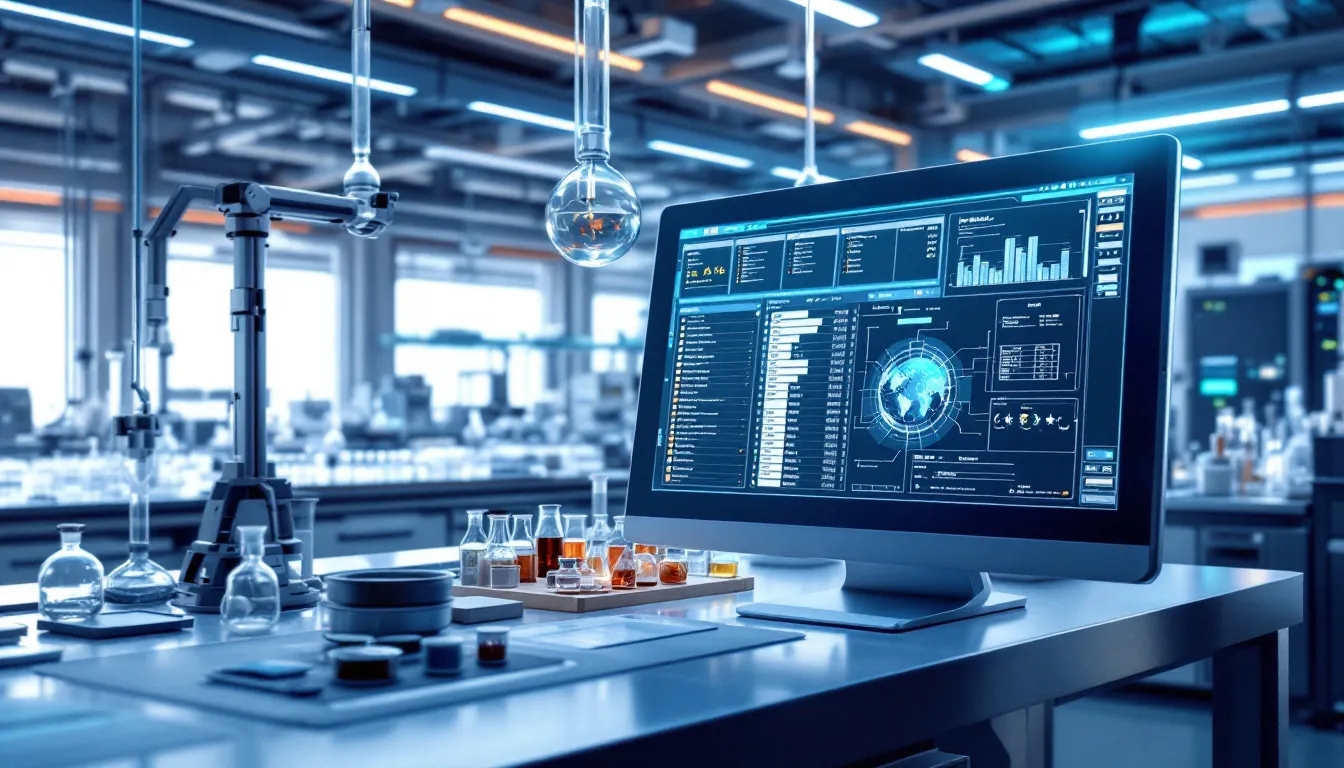
To function effectively, a LIMS system relies on a combination of robust hardware and software components. Core requirements include a secure server, a reliable database, and user-friendly client software, all supported by a stable network infrastructure. Security measures are essential to protect sensitive laboratory data and ensure compliance with regulatory standards. While LIMS and Electronic Laboratory Notebooks (ELN) are both integral to laboratory informatics, they serve distinct roles, with LIMS focusing on data management and ELN emphasizing documentation and experimental workflows.
In addition to basic infrastructure, a LIMS system must offer advanced data management and analysis tools, such as statistical analysis and data mining capabilities. These tools enable laboratories to extract meaningful insights from sample data, monitor test results, and maintain comprehensive audit trails for quality control and regulatory compliance.
Integration with laboratory equipment and instruments is also crucial, allowing the LIMS system to automatically capture and track data throughout the sample lifecycle. This seamless connectivity ensures that all relevant information—from sample receipt to final test results and the chain of custody —is accurately recorded and easily accessible. By meeting these system requirements, laboratories can optimize their operations, maintain data integrity, and ensure compliance with industry regulations.
Customizable Reports for Lab Operations
Custom reports play a crucial role in enhancing laboratory operations. They enable laboratories to analyze trends and monitor quality control more effectively, providing a clear picture of lab performance over time. This level of customization ensures that reports are not just standardized documents but tailored tools that meet the unique needs of each laboratory.
For instance, customizable reports can be used to track sample data meticulously, ensuring that every aspect of sample processing is documented and analyzed through sample analysis. Including essential metadata such as the collection date is critical for tracking the sample's journey through the laboratory process and ensuring proper documentation for testing and storage. This capability is particularly useful for lab managers who need to make data collected-driven decisions quickly. Customizable reports significantly enhance operational efficiency and accuracy in labs, providing valuable insights into samples and sample inventory, as well as effective sample management.
Enhancing Data Integrity with LIMS Reporting
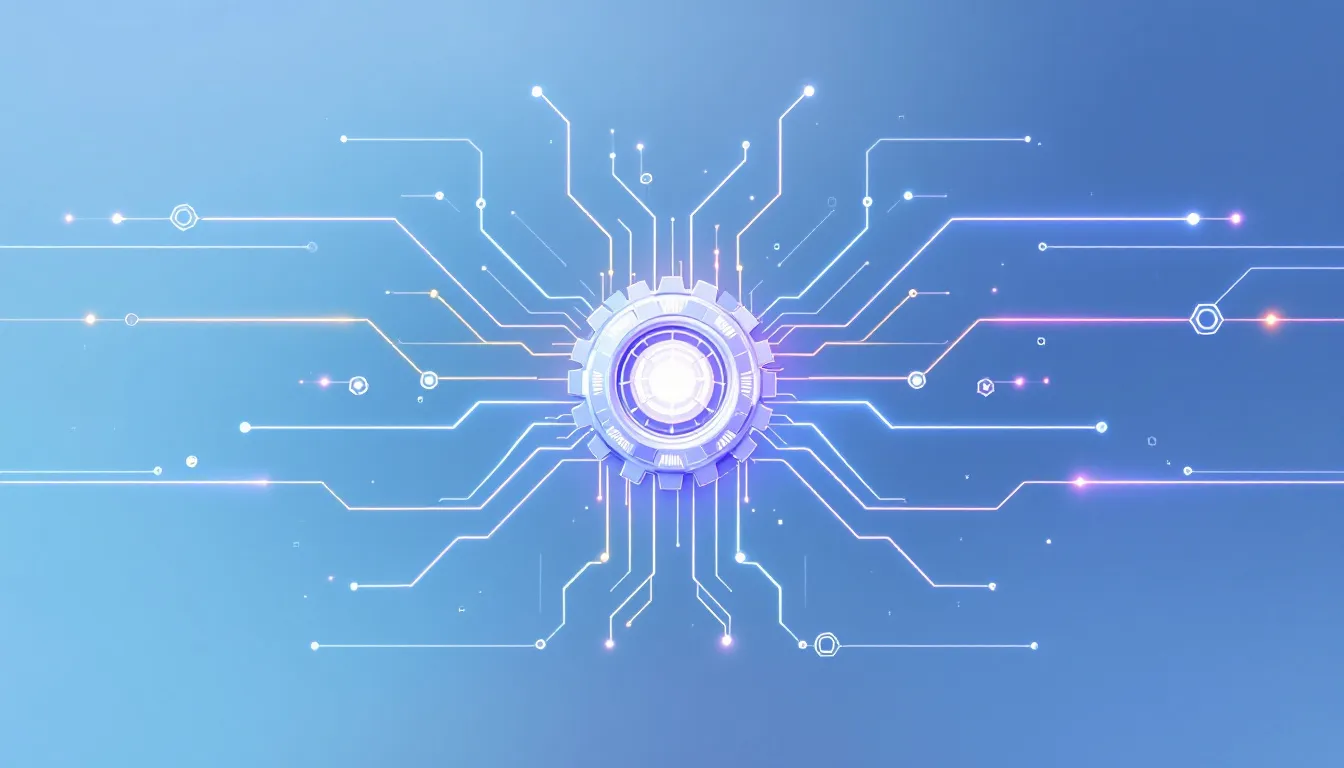
Data integrity is the bedrock of reliable laboratory operations. It involves maintaining the accuracy and consistency of the data collected throughout its entire lifecycle. In a LIMS, accurate data capture is paramount, as it ensures that all laboratory data is precise and reliable.
Audit trails are a critical feature of LIMS, providing a detailed log of every change made to records. This not only enhances data integrity but also offers accountability by tracking who made changes and when to track data. Real-time data transfer through instrument integration further maintains data accuracy, reducing the need for manual data entry and minimizing errors. Additionally, it tracks metadata to ensure comprehensive oversight.
LIMS systems also facilitate compliance with ISO 17025 through meticulous record-keeping and data integrity management. Automated tracking and management of lab data reduce human error, ensuring high levels of accuracy and consistency. Comprehensive searchable audit trails and quality assurance automation are crucial in regulated labs, where maintaining data integrity is non-negotiable.
Streamlining Quality Control Processes

Automation is a game-changer in the realm of quality control. LIMS automates various laboratory processes, reducing human error and increasing overall efficiency. Workflow automation standardizes processes, minimizing variability and enhancing reproducibility, which are critical for maintaining high-quality standards. LIMS also supports lab staff by improving workflow efficiency, ensuring protocol adherence, and facilitating collaboration among team members to maintain consistency and compliance. Additionally, LIMS facilitates automatic task assignments during sample processing, ensuring that responsibilities are clearly distributed.
LIMS enhances quality control by automating sample tracking, improving traceability, and preventing errors related to sample mix-ups in the sample tube. Automated alerts for out-of-specification results enable immediate corrective actions, ensuring that laboratory processes remain precise and within regulatory compliance. Additionally, LIMS products play a crucial role in these enhancements.
Real-Time Data Access and Analysis
The ability to access and analyze data in real-time is a significant advantage of modern LIMS. Real-time data access supports immediate decision-making and enhances overall laboratory efficiency. With the advent of cloud-based LIMS, laboratories can now access data remotely, offering greater flexibility and supporting remote work environments.

Real-time monitoring of key performance indicators allows lab managers to quickly identify issues that could affect productivity. This capability also helps in identifying trends and anomalies, improving the lab’s ability to make data-driven decisions and highlighting key benefits of workload management.
Efficient real-time data accessibility and sharing among lab members fosters collaboration and enhances productivity in the growing lab. LIMS platforms, especially those with integrated Electronic Lab Notebooks (ELNs), enable lab members to efficiently document, communicate, and share data, supporting effective teamwork and streamlined workflows. Implementing efficient data management systems helps labs reduce turnaround times for reporting and results, making laboratory operations more dynamic and responsive to sample throughput.
Integration with Other Systems

A comprehensive LIMS can integrate seamlessly with external software, enabling smooth data exchange and improving laboratory collaboration. For instance, integrating LIMS with Microsoft Dynamics customer relationship management (CRM) systems enhances customer interaction by providing comprehensive access to lab data and customer-related information.
Integrating LIMS with lab instruments allows for secure data transfer, automation, and enhanced data management within the laboratory. Lab instruments generate critical data that, when integrated with LIMS, can be securely stored, analyzed, and used to streamline laboratory workflows and ensure regulatory compliance.
Integrating LIMS with enterprise resource planning (ERP) systems creates a unified platform, facilitating better data transparency and accessibility. This connected setup significantly reduces communication overhead, such as phone calls and emails, allowing staff to focus more on workflow.
With such integrations, laboratories can achieve total traceability of data, swiftly addressing potential issues in the chain of custody.
Regulatory Compliance and Audit Trails
Regulatory compliance is a cornerstone of laboratory operations, and LIMS can automate this process by generating reports that meet industry-specific standards and requirements in regulated industries. Effective reporting tools within a LIMS aid in producing necessary documentation for compliance, which helps ensure compliance so that laboratories meet regulatory standards.
Secure electronic records and proper electronic signatures are essential for compliance with industry regulations such as 21 CFR Part 11. LIMS supports these requirements, ensuring data security and integrity throughout the data lifecycle.
Automatic audit trails created by LIMS document every change made to data, supporting compliance during audits. These searchable audit trails include details of who made changes and when, ensuring accountability and transparency.
Case Studies: Successful LIMS Reporting Implementations
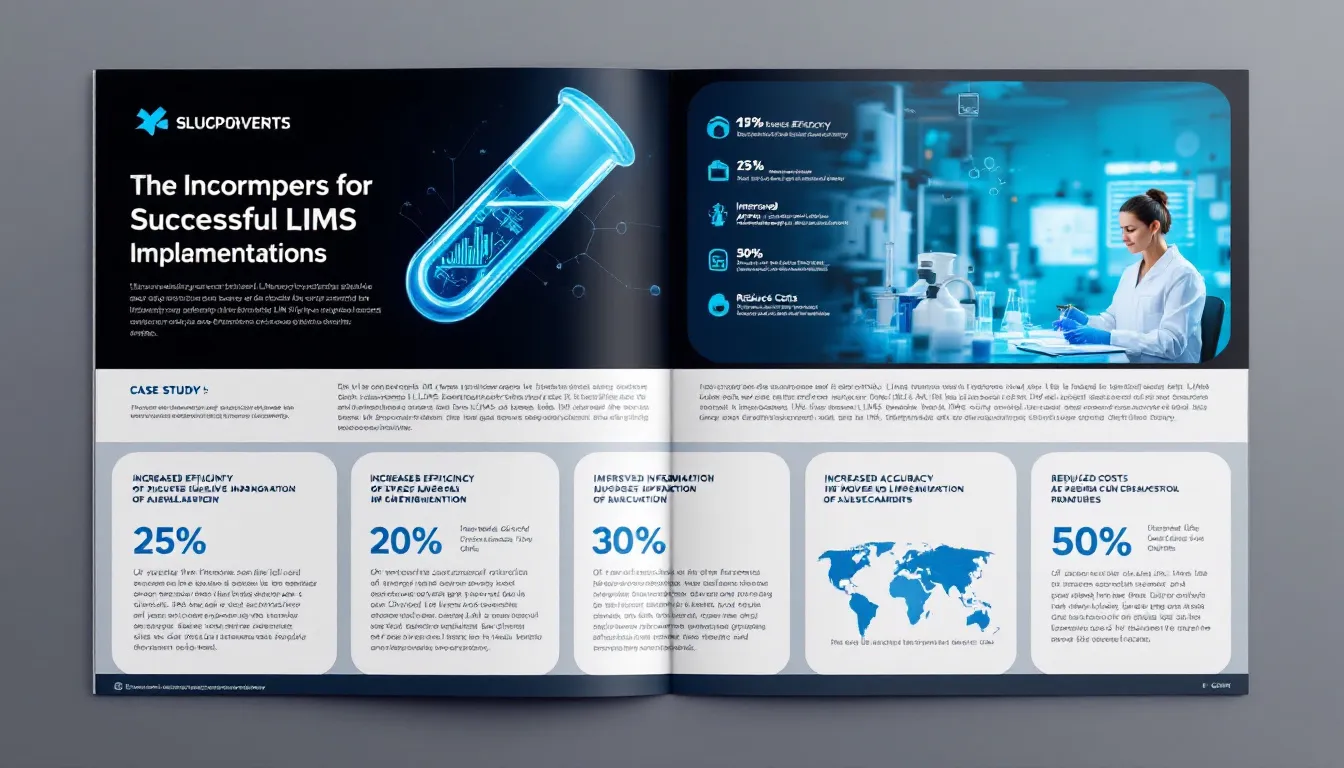
Clinical laboratories have seen significant improvements in the laboratory's workflow and performance through LIMS implementation. For instance, automated sample tracking has minimized human errors and sped up processes, leading to quicker lab samples product approvals in the laboratory’s workflow through data mining.
Several laboratories have showcased substantial enhancements in efficiency and data management following successful LIMS implementations. These case studies highlight the transformative impact of adopting a modern LIMS solution on laboratory operations. The adoption of new LIMS with enhanced features, such as clinical functionality and ELN integration, has further contributed to these improvements.
Summary
In summary, LIMS reporting offers a multitude of benefits, including enhanced data integrity, streamlined quality control processes, real-time data access, and seamless integration with other systems. These features collectively contribute to improved laboratory efficiency and compliance with regulatory standards, and are adaptable to the unique operational needs and regulatory environments of various industries.
For laboratories seeking to optimize their operations, investing in a modern LIMS solution is a strategic move. By leveraging the capabilities of LIMS reporting, laboratories across various industries can achieve greater accuracy, efficiency, and compliance, paving the way for future advancements and success.
Frequently Asked Questions
What is a LIMS?
A Laboratory Information Management System (LIMS) is essential software that manages laboratory data effectively, ensuring accuracy, security, and regulatory compliance. It streamlines laboratory operations and enhances data integrity.
How does LIMS improve data integrity?
LIMS enhances data integrity through precise data capture, comprehensive audit trails, and real-time data transfer, minimizing manual entry errors and promoting uniform data management.
Can LIMS integrate with other systems?
Yes, LIMS can integrate with systems like CRM and ERP, facilitating seamless data exchange and enhancing laboratory efficiency.
How does LIMS support regulatory compliance?
LIMS facilitates regulatory compliance by automating report generation, ensuring secure electronic record-keeping, and offering proper electronic signatures, which are crucial for adhering to industry-specific standards.
What are the key features of LIMS reporting?
The key features of LIMS reporting are customizable reports, statistical analysis, real-time data access, and seamless integration with other systems. These functionalities enhance data management and facilitate informed decision-making.
Share this
You May Also Like
These Related Stories
.png)
Top Advantages of Laboratory Automation Systems
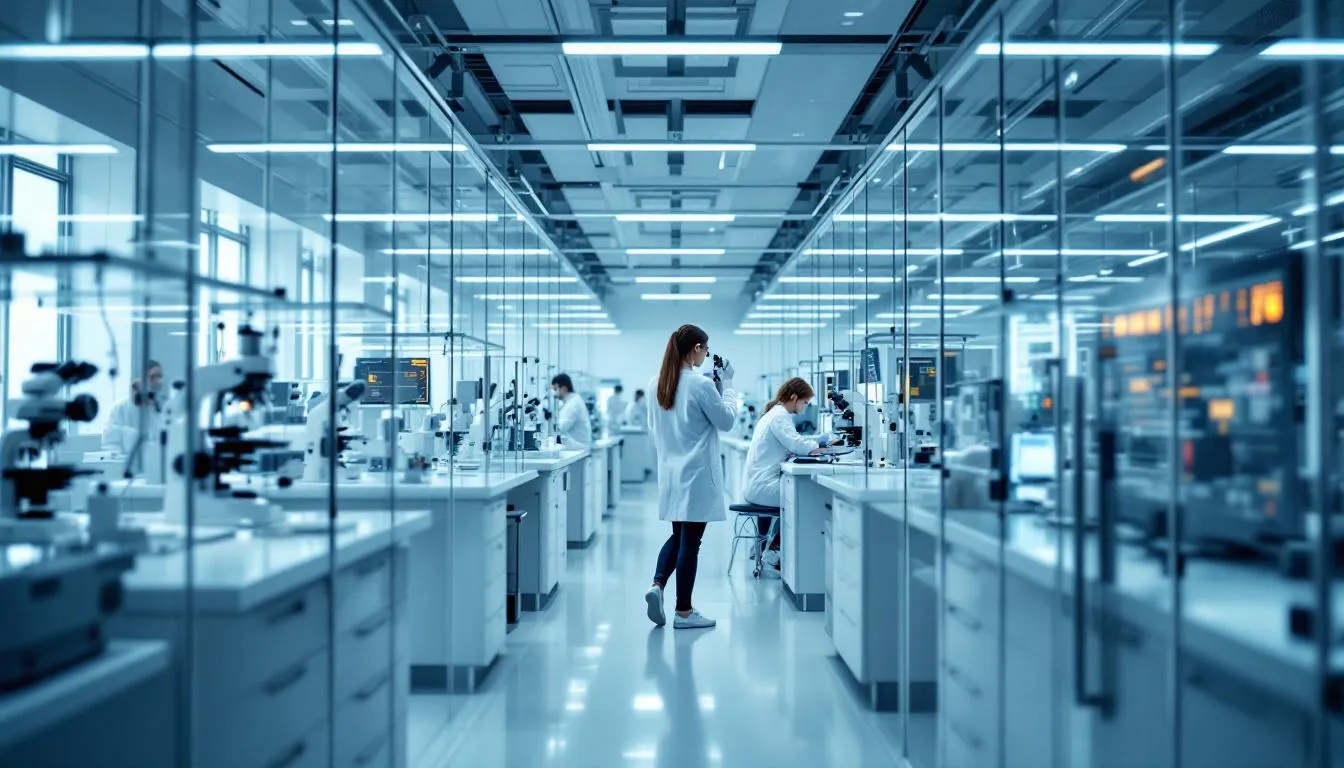
Top Strategies for Effective Laboratory Operations Management
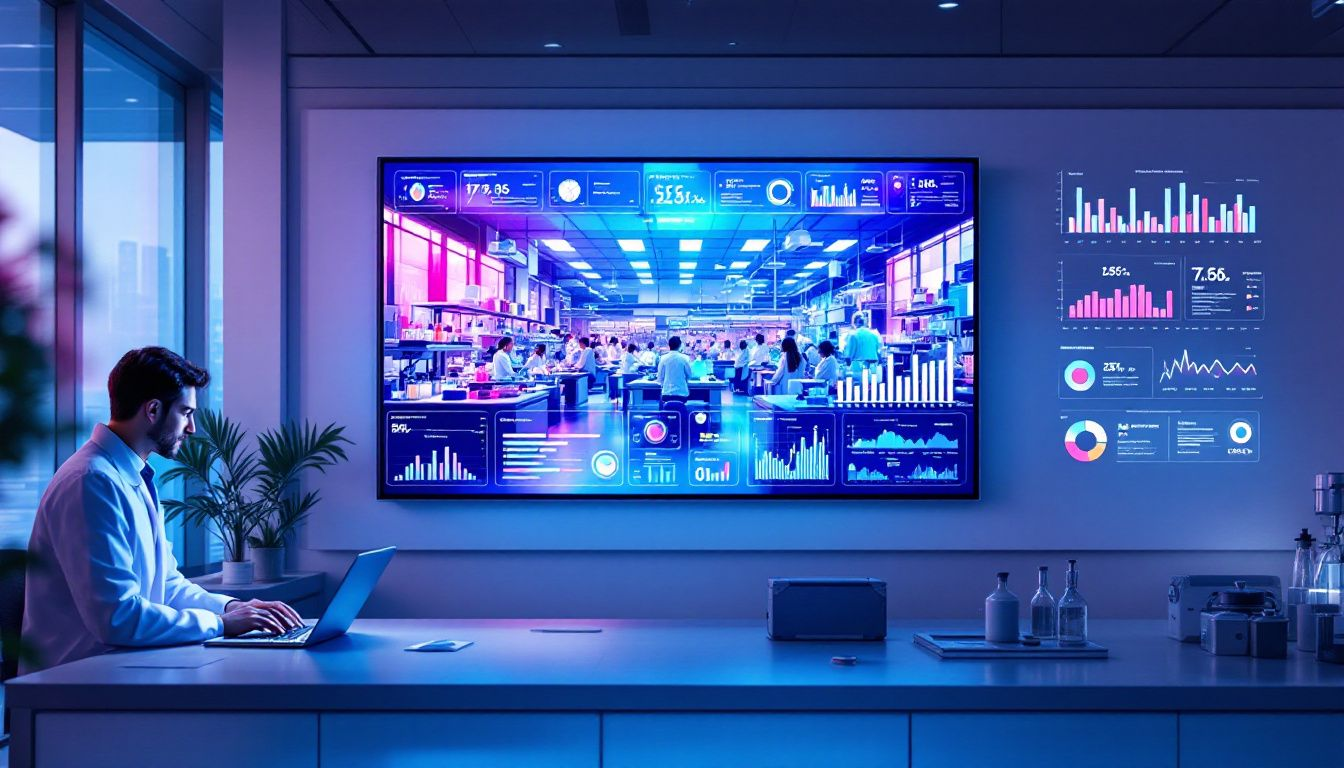

No Comments Yet
Let us know what you think